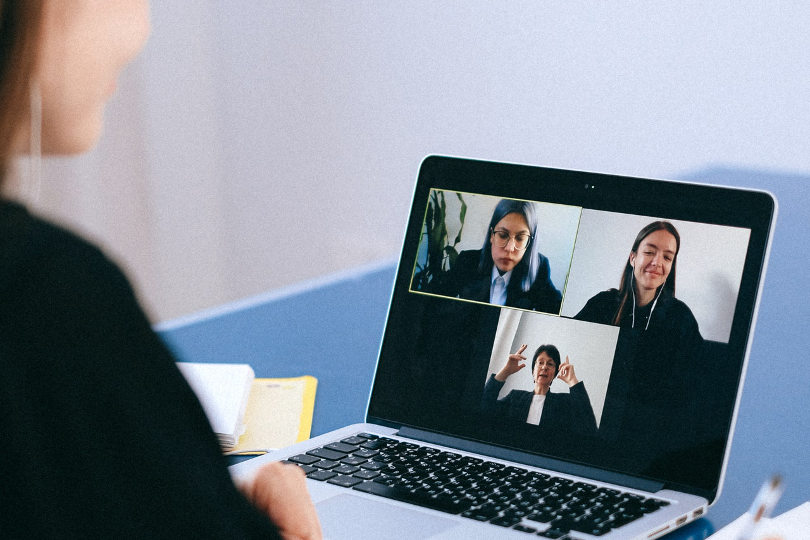As the modern office dynamic continues to shift – plus the pandemic factor – making room for telecommuting and access to the virtual meeting room – running successful, well managed meetings has taken on an even greater importance when it comes to maintaining productivity in the workplace. Fortunately, running a productive, useful, and engaging meeting when not everyone is in the same room is entirely possible. But it does require a little more planning and thought in advance.

To help you get the most out of your next meeting, here are a few tips that can help ensure your success.
Invite Only Pertinent Personnel to the Meeting
If it’s challenging to maintain focus in a meeting you’re not actively involved in when in a Zoom meeting or any other virtual meeting apps – we’ve all had moments of starring off bleary eyed during meetings where your presence wasn’t required – imagine how challenging it becomes for remote meeting participants to avoid getting distracted and start multitasking when not directly involved in what’s being discussed.
To avoid this challenge, consider having more, shorter meetings that involve only essential personnel, instead of long meetings that involve personnel that may only need to participate in the discussion of a few agenda items.
Stick to a Specific Agenda
Scheduling meetings that require teleconferencing means disrupting a lot of individual schedules, especially if the meeting involves personnel located in different time zones. Maintaining a clear and concise agenda that contains topics of interest to each participant can help to ensure maximum engagement from those involved. Additionally, by laying out in advance the topics covered in the meeting, you provide participants the opportunity to come prepared to answer and ask any pertinent questions that relate to the stated agenda, thereby improving productivity.
Know When to Meet and When to Email
Few things can frustrate a workforce more than when pulled into a meeting that only serves the purpose of spreading information. Email works much better for sharing easily understood information or when attempting to gather general input rather than calling a meeting. For example, instead of call a short meeting to give a status update about a project, send out an email that states the same information.
Studies conducted by the Centre for Economics and Business Research have shown that the average worker loses 15 minutes of productivity for every meeting they attend, so consider only scheduling a meeting when you require active feedback from participants or need to clarify a confusing topic.

Make Participation Mandatory
The best technique for ensuring that everyone in attendance to a meeting participates is for the moderator to ask frequent questions and for input from specific individuals. The moderator should also pause frequently during the meeting to provide participants with an opportunity to ask questions and offer input.
If someone involved in a meeting doesn’t participate, you need to understand why. Maybe they didn’t need to be invited at all or perhaps they were distracted by some other task? Either way, you need to gain a better understanding of the situation, and should schedule a follow up conversation with that individual to discover the reason. Not only will this type of talk help you decide how to address that particular meeting or person, it can also help you uncover strategies for making your meetings more productive and engaging going forward.
Use Technology that Gives the Moderator Control
The modern conference room offers a variety of multimedia tools that enable a moderator to gain complete control over a meeting. Whether this means having the ability to mute someone who has called in from a busy airport or control what participants view on their laptop screens, using this type of technology can help improve the flow and productivity of a meeting so you can meet any stated goals and agenda.







